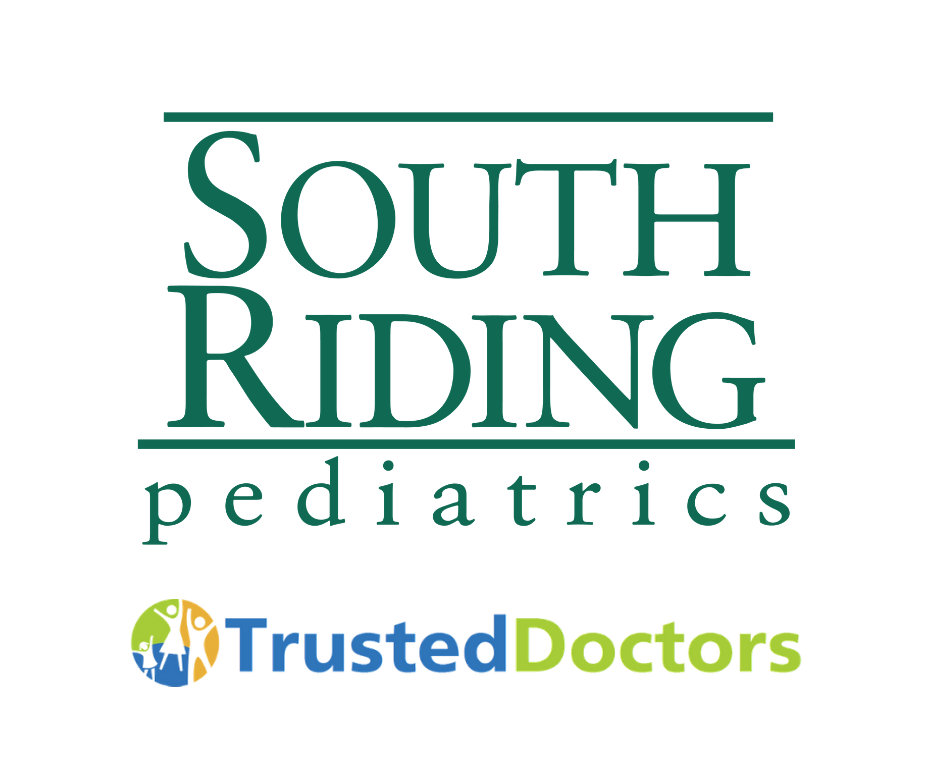Grumpy, Sneezy and Sleepy may be names of Snow White’s dwarves, but they’re also signs your child may be suffering from seasonal allergies. Read on to learn how to differentiate allergies from illness, and whether or not your child needs to be seen by their Doc (see what we did there?)…
According to the American College of Allergy, Asthma, and Immunology (ACAAI), about 10 percent of kids have allergies, and for many April kicks off the spring allergy season. Our practice often gets questions about how to identify allergies and the most effective spring allergy treatments.
Cold symptoms can also mimic allergy symptoms, so how can you tell if your child has a common cold (or other virus) vs seasonal allergies?
You can look for these seven key differences to determine if we need to evaluate your child for seasonal or year-round allergies:
- Look at symptoms carefully
Colds and respiratory allergies can cause sneezing, a runny or stuffy nose, and puffy or water eyes. Postnasal drip can cause a sore throat. But there’s one symptom that usually indicates allergies: itching. If your child has itchy eyes, nose, or the roof of the mouth, it could indicate an environmental allergy, such as spring pollen.
- Check for fever
While not all cold viruses cause a fever as part of symptoms, allergies NEVER do. So if your child experiences a fever at the start of their symptoms, allergies are likely not the culprit.
- Track the length of your child’s symptoms
A cold typically lasts for 7 to 10 days; allergies can cause symptoms for weeks to months at a time.
- Know what’s going on with your child’s buddies
Kids tend to pass on colds and other illnesses. Have you noticed any of your child’s friends sniffling? Or has your child mentioned a friend being absent from school? If no other children have been sick around your child, it may be a clue that something else is going on.
- Pay attention to the time of year
Allergy symptoms typically appear and are worse in the spring and fall in our area.
- Note activities that bring on your child’s symptoms
If your child is fine inside, but starts sneezing after playing outside, that could indicate environmental allergies. Same with location: if your child is fine in your home, but his eyes start to water when he’s visiting a friend with a cat, he may have allergies. Timing is also important. According to the ACAAI, pollen counts are highest around mid-day, which could trigger symptoms, which may not be present in the morning.
- Check under your child’s eyes
Children with allergies may have chronic dark circles under the eyes, along with puffy eyelids and a sensitivity to light, according to the ACAAI.
Treatment Options
There is no cure for seasonal allergies, but symptoms can be controlled by reducing or eliminating exposure to allergens, good hygiene, and medications. We recommend antihistamines such as cetirizine (Zyrtec) or loratidine (Claritin), Nasal Steroid Sprays such as Flonase (fluticasone) or Nasonex (mometasone), and Decongestants (in children over 4 years of age). Eye drops and/or other prescription medications can also be helpful. Sometimes Allergy Shots (immunotherapy) can be used as well. These desensitize children to allergens and are prescribed by a pediatric allergist.
If you suspect your child has allergies, check out our website information here. We’re happy to evaluate your child in the office to discuss diagnosis and treatment options so your child can get back to enjoying all the fun that Spring has to offer.

